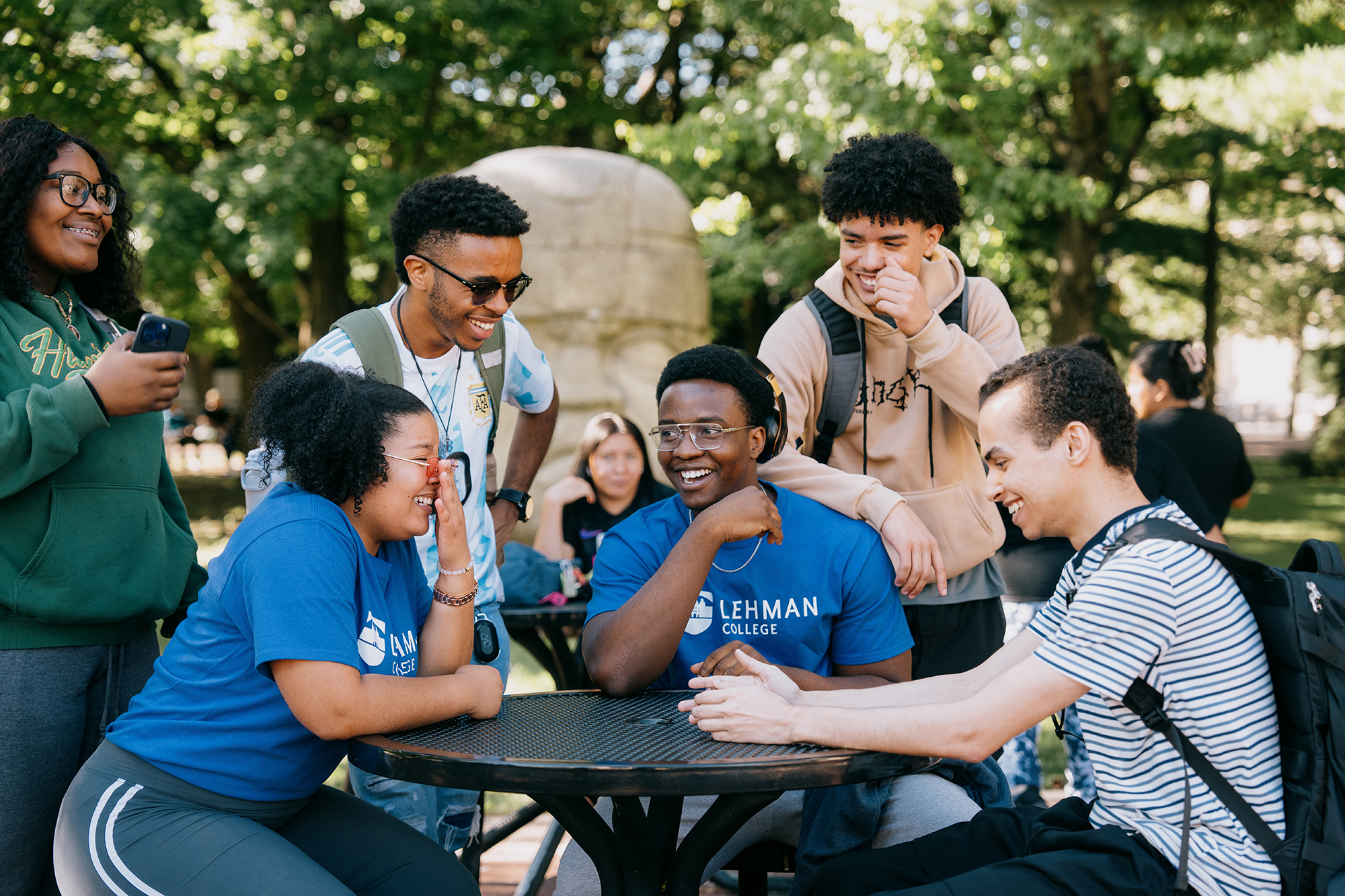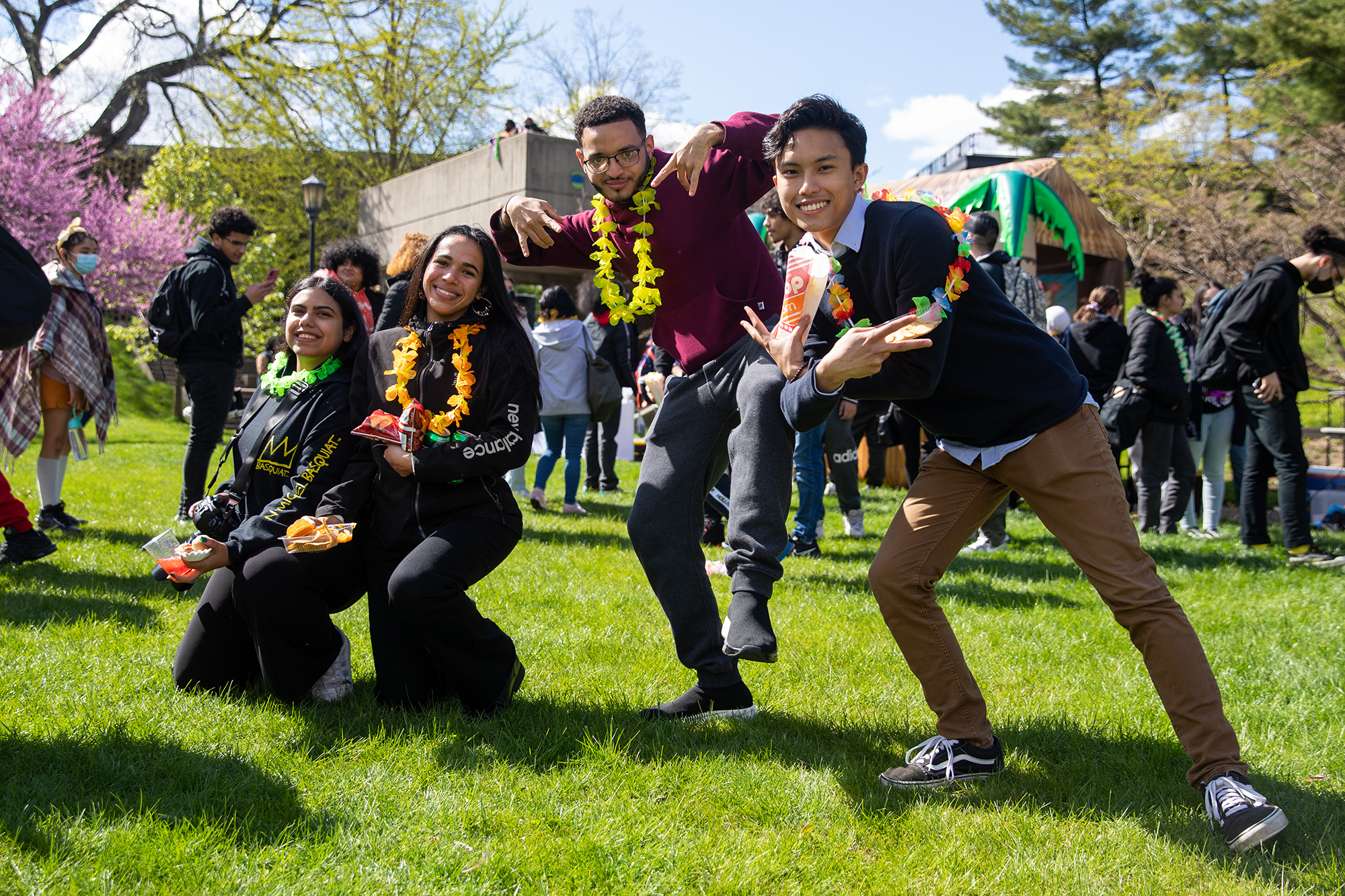RELATED LINKS
Information for Students
If you’ve always wondered if you could be an artist, taking a class is a great way to try it out. Maybe you have a creative streak that wants to be harnessed. Maybe you loved art as a kid, and want to experience that joy again. Maybe you’ve never had the chance to study art, but always wished you could. There’s no bad reason—art is good for you, no matter who you are. It’s a way to challenge yourself to build skills you never knew you had. Art gives you confidence. It can give you joy and relieve stress. The act of practicing art, and watching as your hands do things they’ve never done before can show you just how much more you’re capable of.
Art is one of the best tools we have as humans to communicate who we are. Art can cross linguistic, cultural, geographic, and historical boundaries. It’s like learning a new language—one that’s built on a foundation of what came before, but that you can continue to build on to communicate the unique story you want to tell. It can help you relate to people in new ways. And in an increasingly fractured and divided world, things that can help us build understanding and come together will always have value.
The Art History (ARH) specialization in the Art Department is a 30-credit major. Consult the current undergraduate bulletin for specific requirements. Art History can also fulfill a 12-credit minor consisting of any four 300-level Art History courses. Individual sections of ARH 135, 137, 141, and 167 are offered as Writing Intensive courses (W) and fulfill Distribution Requirements in Area IV (The Arts).
The Art History specialization presents students with opportunities to study a wide range of artistic traditions in a truly global context. The program offers courses on a rotation basis in the major periods and styles of both Western and Non-Western art and architecture. Students can choose from courses in African, Asian, and European art traditions as well as in the History of Latin American art.
The Art History specialization prepares students for future graduate studies at M.A. and Ph.D. levels. The Graduate Center of the City University of New York offers a Ph.D. program in the History of Art. The Ph.D. degree is the entry-level requirement for teaching at a college level. City College, Hunter College, and Queens College (CUNY) offer M.A. degrees in Art History and City College also offers a M.A. in Museum Studies.
Students should consult full-time members of the Art History program every semester (e.g. Profs. Broderick or Jordan). See current semester advising hours posted in the Main Office of the Art Department (FA 014) for advice concerning requirements, registration, and future career plans.
Students planning on pursuing graduate studies in Art History are advised to take reading-level courses as undergraduates in a foreign language appropriate to their future interests (e.g. French, Italian, Spanish, German, etc.).
The B.S. in Computer Graphics & Imaging (CGI) is a 58-credit degree consisting of courses in art, CGI, math and computer science. Consult the current undergraduate bulletin for specific requirements. CGI can also serve as a specialization in the 42-credit B.A. or 60-credit B.F.A. in Studio Art, or fulfill a 12-credit minor consisting of any four CGI courses.
The CGI program offers courses covering web design, imaging, 3-D modeling, animation, interactivity, and broadcast design, preparing students for careers as well as graduate study in these fields.
Students should consult full-time members of the Art History program every semester (e.g. Profs. Ehrenberg or Schwittek). See current semester advising hours posted in the Main Office of the Art Department (FA 014) for advice concerning requirements, registration, and future career plans.
The Art Department offers two undergraduate degrees in Studio Art, a 42-credit B.A. and a 60-credit B.F.A. Consult the current undergraduate bulletin for specific requirements. Studio Art can also fulfill a 12-credit minor consisting of any four courses at the 200-level or above.
The Studio Art undergraduate program offers courses in ceramics, design, drawing, digital imaging, painting, photography, printmaking, and sculpture, preparing students for careers as well as graduate study in these fields. All students majoring in Studio Art must choose a specialization of one of these eight areas.
Students should consult full-time members of the Art History program every semester (e.g. Profs. Broderick or Jordan). See current semester advising hours posted in the Main Office of the Art Department (FA 014) for advice concerning requirements, registration, and future career plans.
Students will be considered for spaces according to their specific needs as agreed upon by their thesis or program advisor, and must apply for a studio through their thesis or program advisor prior to the start of the semester. Advisors will submit applications each semester to the Chief Laboratory Technician, who will assign individual studios to students in the following order:
- MFA active thesis students
- MFA non-thesis, must be enrolled in 9 credits or more in the Art Dept.
- MA/MA Art Ed active thesis students
- BFA active thesis students
- MA /MA Art Ed non-thesis, must be enrolled in 9 credits or more in the Art Dept.
- Students enrolled in 742 or 486 requiring space for in-depth projects
Each category will be eligible for whatever studio space remains available after assignation to students in the previous category. If, during this process, a category contains a number of students exceeding that of remaining available spaces, students in that category will enter a lottery, the winners of which will be assigned the remaining studios.
Prior to (re-)occupancy, students must sign a legally binding studio contract. Contracts are issued, collected and enforced by the Chief Laboratory Technician. Thesis students will be allowed to keep their assigned studios throughout the entirety of their thesis coursework unless they do not meet occupancy guidelines as stipulated in the contract.
BFA students concentrating in Photography should be provided with a private darkroom in the back of FA035. Special space needs should be determined by the Photography thesis advisor.
Non-matriculated students, as well as students who are not in thesis and enrolled in fewer than nine credits, do not qualify for private studio space.
Summer occupancy (June/July) of the studio space is contingent on the assumption of Fall registration and can be requested through the thesis or program advisor.








